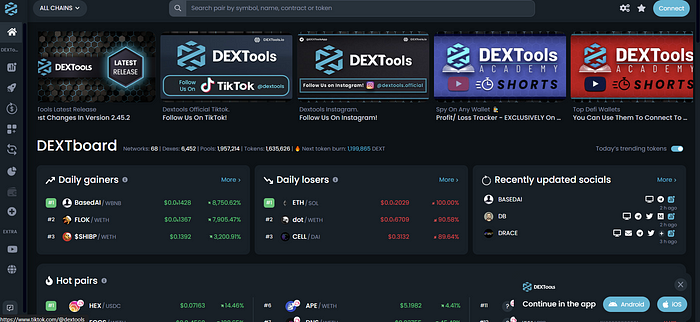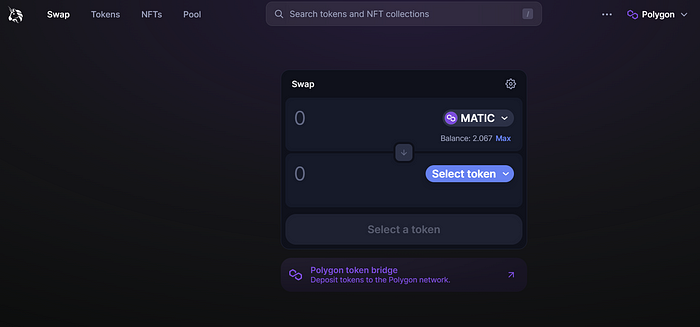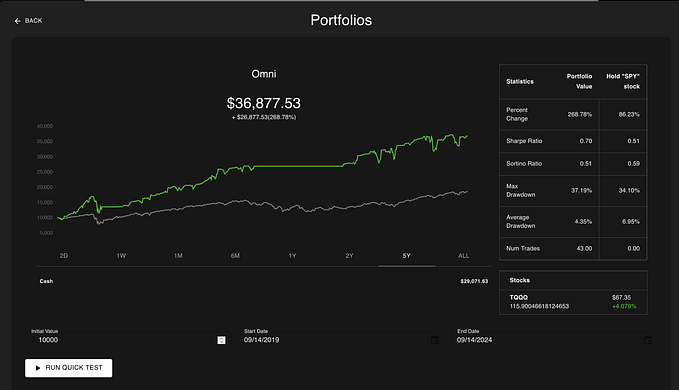Can A DApp Be Friendly To The Non-Advanced User?

Introduction
The Internet has revolutionized our society, giving us access to information and services that we couldn’t have imagined even a decade ago. But as many of us know, this revolution has come with a price: the loss of privacy as we trade it for convenience. In other words, when using centralized services like Google and Facebook, you give up some or all control over your data in exchange for being able to do things like find directions or chat with friends without having to spend money on physical books or meeting up in person. Centralized applications are convenient because they don’t require you to download any software before accessing them — unlike their decentralized counterparts that use blockchain technology and cryptocurrencies like Ethereum (ETH). Because these DApps rely on open source protocols instead of proprietary code bases like Google Chrome does for example — anyone can view the source code behind any given DApp if they so desire. This transparency might not matter much when using something simple like CryptoKitties (a game where users collect and breed virtual cats) but becomes much more important when dealing with something more complex such as storing sensitive medical records online
As Decentralized Apps (DApps) mature, more users are discovering them.
As DApps mature, more users are discovering them. As a result, it's important to consider the needs of these new users when building your decentralized application.
As of this writing there are over 1,500 dapps on the Ethereum blockchain alone. Many of them have been created by teams with years of experience in programming and user interface design. However, there is still a significant portion that have been built by individuals who may not have had any formal training in either field before creating their own dapp or group project. These projects tend to focus on solving specific problems within certain niches (e.g., gaming), which helps keep things manageable while they're being developed but also means they might not always be as accessible as other options available elsewhere online--especially since most non-technical users don't understand how cryptocurrencies work!

Improved User Interface/Experience is key for adoption.
The future of software is decentralized, and it's here to stay.
DAPPs are not just a trend; they're the new normal.

A Better User Interface/Experience is a Must for DApp Adoption.
DApp user interfaces are a long way from being user-friendly. If you're an advanced cryptocurrency user, you'll be fine using them. But if you aren't? You might as well be trying to learn how to drive stick shift while navigating through the Amazonian jungle with no GPS signal and no road signs.
A better UI/UX is a must for DApp adoption because it makes it more accessible, understandable and visually appealing - all things that will help increase usage rates among non-crypto enthusiasts.
When designing DApps, UX designers must adopt a few principles to cater to the non-advanced.
When designing DApps, UX designers must adopt a few principles to cater to the non-advanced.
- Design for the non-technical user. The average person doesn't care if their data is being stored on chain, off chain or in a third party database; they just want it to work and be easy to use.
- Design for the non-expert user. Most people don't know what "gas" is or why they need it when sending Ethereum transactions - even though this information would be useful for them (and could save them money). They also don't care about how many confirmations their transaction has received; all they want is confirmation that their transaction went through successfully and isn't stuck in limbo somewhere between blockchains A and B because there aren't enough miners available at present time due to increased traffic from another project release announcement earlier today which caused congestion across all three networks leading up until now...

Always remember the user and the reason why they are using your DApp in the first place.
The most important thing to remember is that the user is not a developer. Users are not as tech savvy as developers, and they will be more likely to use a DApp if it has a better user interface (UI). This means that you should make your UI as intuitive as possible for people who are not familiar with technology or Ethereum.
You should also keep in mind that people use DApps for different reasons--some may want to use them for entertainment purposes, while others might be looking for more serious applications like financial transactions or voting on social media platforms.
With cryptocurrencies and blockchain platforms finally showing signs of maturity, we can expect more people to migrate from centralized services to decentralized applications in coming months. However, for this trend to catch on, DApp designers must improve the design of their DApps.

Conclusion
In the end, it's important to remember that a good user interface is not just about making things look pretty. It should be designed in such a way that it makes your DApp easy for everyone to use and understand. This means developers need to take into account what kind of people will be using it (beginners vs experts), and making sure all features are presented in an accessible way. There are many different ways to design an interface, and it’s important to keep in mind that there is no “one size fits all” solution. You’ll need to experiment with different styles, layouts, and patterns until you find something that works best for your DApp.









